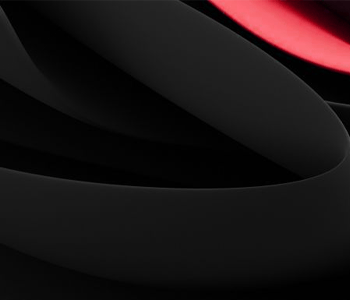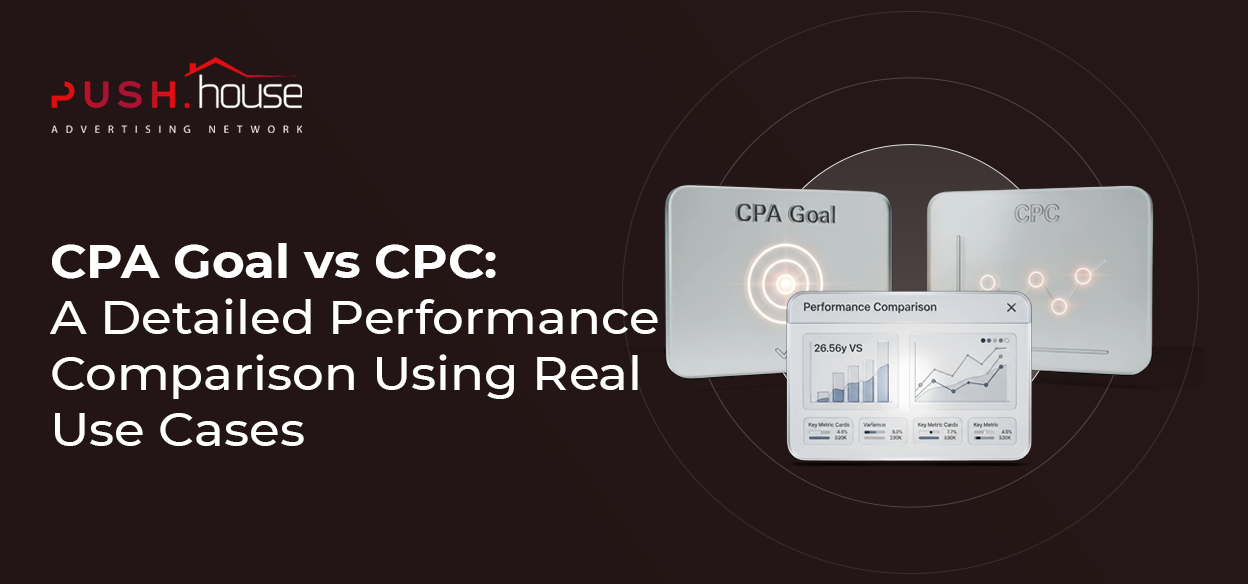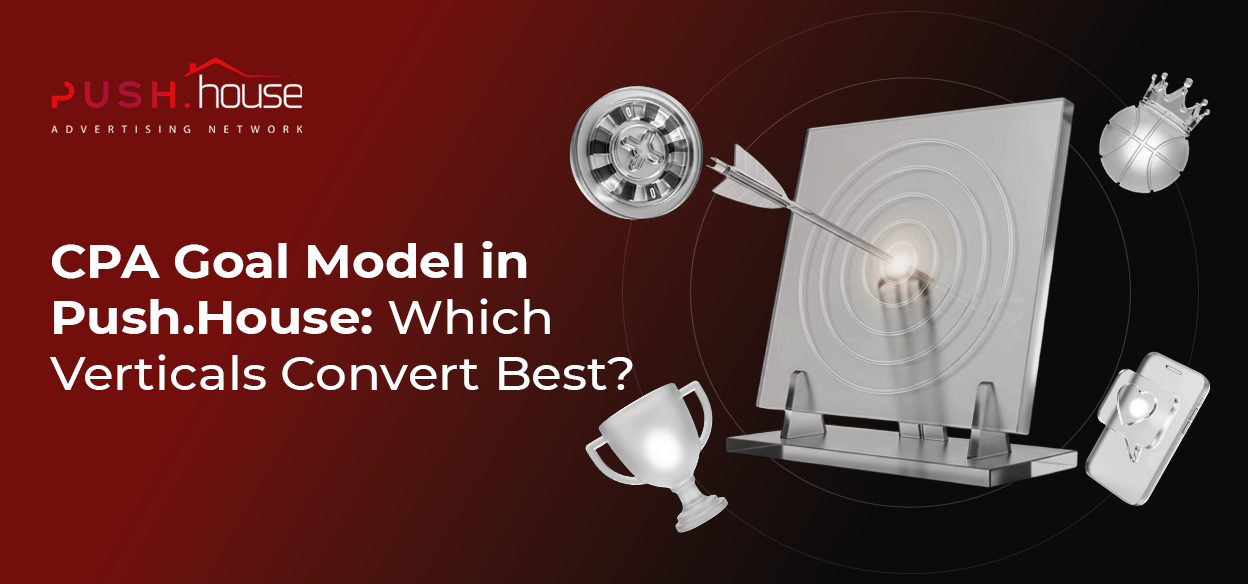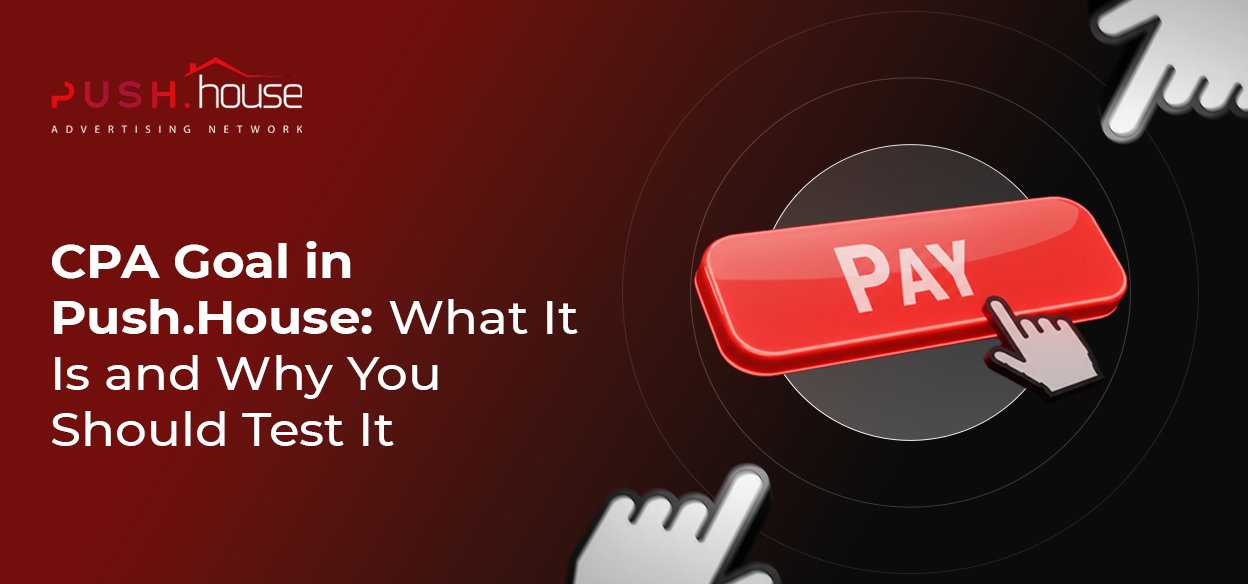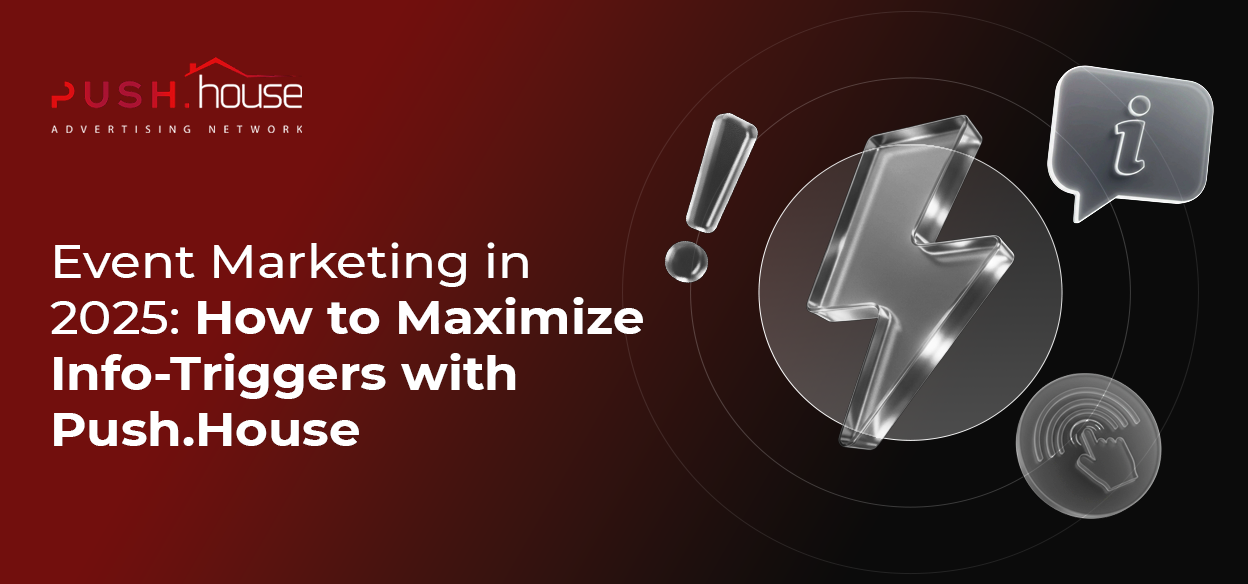
Event Marketing in 2025: How to Maximize Info-Triggers with Push.House
Hello! It’s Push.House here.
Event marketing is all about tying your campaigns to relevant events – be it holidays, sports games, premieres, sales, or local dates. This approach works particularly well in push notifications because it taps into the user’s mindset and context at just the right moment.
For instance, during major sporting events, users are looking for exclusive offers and bonuses, while during sales, they’re hunting for great discounts and hot deals. Event marketing allows you to do more than just sell – it helps you stay “in the moment” and boost brand loyalty.
Let’s dive into how this works.
Align Launches with Key Events
The success of event-driven campaigns starts with choosing the right event. It’s not just about big-name holidays like Black Friday or New Year’s. Local dates, professional holidays, public holidays in specific geos, major sports events, or the release of popular games and movies can work wonders too.
For example, partners working with sports offers see spikes during the Asia Cup, the Olympics, and the Champions League. Those promoting software can tie campaigns to Windows Update Days or Apple product launches. The key is to plan your strategy and content ahead of time so that your pushes go out at the perfect moment, not after the wave of interest has passed.
Segment and Target Your Audience
Audience segmentation is at the core of any successful campaign, especially in event marketing. Sending the same message to everyone just doesn’t cut it. Personalized pushes based on user interests, geo-location, age, and past actions can boost open rates and CTR by 2-3 times.
Why send a push about the Champions League final to someone who’s never shown interest in sports? It’s far more effective to send them an offer related to their habits – like a cashback on online shopping during a global sale. The more precisely you segment, the higher the results and brand loyalty.
Personalization & Automation with AI
Automation helps you determine the best time to send pushes, predicting when a user is most likely to open the notification. This ensures your pushes feel helpful rather than intrusive, boosting open rates and reducing opt-outs.
High-quality pushes stand out from generic notifications and grab attention instantly. Creative elements like vibrant banners, countdowns to the end of an offer, or short product videos can increase CTR by up to 56%.
For example, during live broadcasts or sports events, push notifications with match banners and a “Watch Live” button perform incredibly well. During sales, notifications featuring product images and “Claim Discount” buttons drive engagement. The more interactive your push, the better the chances of users taking the target action.
Timing & Delivery Context
In event marketing, the timing of your push notification is crucial. Don’t send a push about the Champions League final a day before the match, or a Black Friday discount offer a week ahead of the sale. Users may forget or lose interest.
The best approach is to build a funnel of pushes: one with an event announcement a few days ahead, a reminder the day before, and a final nudge an hour before the event starts. This sequence helps maintain user interest, encouraging them to convert when demand peaks.
Test, Analyze, and Improve
Testing is the backbone of an effective push strategy. Even the most experienced affiliate marketers can’t predict which headline or button will perform best without an A/B test. For instance, a push like “Champions League Final Today! Watch Online” might achieve a 12% CTR, while “Don’t Miss the Match of the Century—The Final is Today” could hit 17%.
Test everything: texts, timing, creatives, and CTAs. Most importantly, analyze the results to see what works best for your audience and offer. This ongoing optimization helps improve campaign effectiveness and reduce lead costs.
Analytics & Reporting
Data collection and analysis are not just routine – they’re a strategic tool for growth. Evaluate open rates, CTR, conversions, opt-outs, and retention. These metrics help you understand which audience segments are the most profitable, which offers perform best with specific events, and where the campaign needs adjustment.
It’s also crucial to track audience churn. If your users start unsubscribing in droves after your pushes, your strategy needs immediate revision. Users should perceive your push notifications as helpful reminders, not as annoying spam.
The Bottom Line: How to Maximize Profit
Event marketing through push notifications is a powerful tool for boosting conversions and increasing revenue. The key is to pick the right event, segment your audience carefully, personalize content and timing, run tests, and regularly analyze your results. This holistic approach not only helps you achieve immediate revenue, but it also fosters long-term brand loyalty.
Here’s your roadmap for success:
- Create an event calendar for the next quarter.
- Set up audience segments for each event.
- Prepare creatives with multimedia elements.
- Launch campaigns with A/B tests.
- Analyze results and adjust your strategies.
Push.House is always here to support your campaigns and help build an event marketing strategy that maximizes your profits. Reach out to your manager to discuss upcoming events and take your push campaigns to the next level this month.


